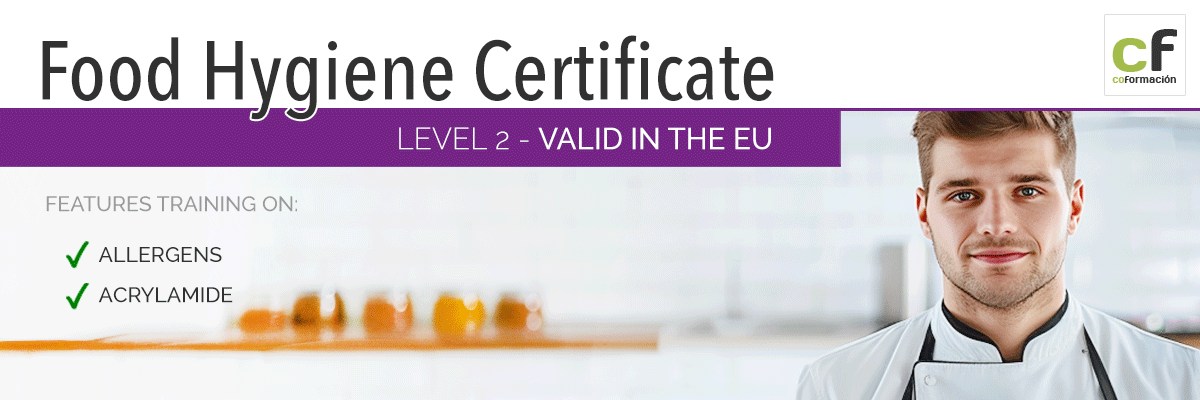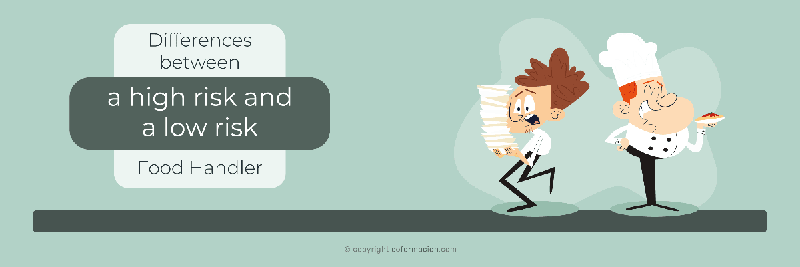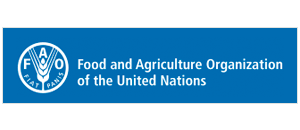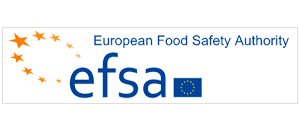What is acrylamide and why we should avoid it?
01/05/2021It is quite possible that you have already heard about acrylamide by now and its possible association with cancer. It is also possible that you have heard more than once that "eating very toasted or burnt bread or potatoes is bad for your health", but do we really know the relationship between that statement and acrylamide?
Preliminary research on animals suggests that acrylamide consumption may be associated with a higher incidence of cancer in humans.
It's also possible that you haven't heard of acrylamide, since it's a chemical that's been talked about relatively recently.
In either of the two cases above, here is what acrylamide is and why it is harmful to our health.
Table of contents:
What is acrylamide?
Acrylamide is a naturally occurring chemical compound in certain foods when subjected to high temperatures (over 248°F). The foods in which acrylamide is formed are those that contain starch and that are rich in carbohydrates.
The formation of acrylamide in foods is a consequence of the so-called Maillard reaction, which is the chemical process responsible for the golden colour and characteristic flavour of foods when fried, roasted or toasted. This chemical process is produced by sugars and amino acids (especially asparagine) naturally present in foods.
What are the risks to our health?
In 2002 an investigation by Stockholm University was the first to isolate this chemical compound. Since then we have justified suspicions, as we will see below, about its possible danger to our health and speculations about the foods that may contain it.
In their scientific evaluation of acrylamide, the experts at EFSA argue that more research is still needed to confirm the theory that this chemical is carcinogenic in humans.
However, based on animal studies -where it has been demonstrated that laboratory animals that have consumed acrylamide orally have shown a higher probability of suffering tumours, genetic mutations, and alterations in the nervous system-, EFSA concludes that the consumption of acrylamide foods, at any age, significantly increases the risk of developing cancer.
What foods contain acrylamide?
As we commented at the beginning, the foods in which acrylamide is formed are those foods that are high in carbohydrates and that contain starch. The foods with the most acrylamide are: potatoes, coffee, bread, cookies, and cereals.
The dose of acrylamide varies considerably in the same food depending on different factors, such as temperature or cooking time. For this reason, WHO states that it is not feasible to suggest a healthy dose of acrylamide in the food.
Anyway, WHO recommends different measures applicable to all types of starchy foods:
- Avoid frying or baking at high temperatures. It is important to note that acrylamide formation begins at 248°F.
- Prevent the food from becoming too golden.
- Choose cooking methods such as boiling or steaming instead of frying or baking.
Acrylamide in potatoes
According to a WHO report, french fries are one of the foods containing the highest amount of acrylamide. The European standard offers some concrete recommendations for reducing acrylamide in potatoes. Among them:
- Store potatoes in a cool, dark place to prevent them from germinating, but not in the refrigerator.
- Select new potatoes, because older potatoes contain a higher amount of sugar.
- If frying, avoid fine cutting.
- Wash them well or soak them before frying*.
* According to a study published in Science of Food and Agriculture in 2008, simply washing potatoes before cooking reduces acrylamide formation by 23%. Similarly, soaking the potatoes for half an hour will reduce by 38%, and for two hours by 48%. They must then be dried correctly to avoid oil splashes.
Acrylamide in coffee
Acrylamide is formed in coffee during the roasting process of the bean. Therefore, and taking into account that, as mentioned before, sugars are directly involved in the formation of acrylamide, the types of coffee that contain the most acrylamide are roasted coffee (obtained by adding sugar when roasting the bean) and instant coffee.
Mixed coffee is the result of a combination of roasted coffee and roasted coffee, so it is preferable to use natural roasted coffee instead of blended coffee.
Ultimately, the coffee containing the least acrylamide is natural roasted coffee. In this type of coffee the presence of acrylamides cannot be avoided either, but there are different grades.
Depending on their colour, coffee roasting types are classified into four basic categories: light, medium, medium-dark and dark. Thus, light roasting results in lighter coffee and, paradoxically, the lighter the coffee is, the greater amount of acrylamide it contains.
Acrylamide in bread
Acrylamide is also present in bread after cooking processes.
In order to avoid the formation of excess acrylamide in the bread, it is recommended to toast it until it reaches a slight golden tone and, in no case, a dark golden tone, brownish or burnt.
Acrylamide in cereals or processed cereal-based foods
Acrylamide is also found in cereals and all cereal-based foods. According to EFSA, in the European Union the children and infants are the most exposed to the adverse effects of acrylamide, due to their low weight.
Taking this into account and adding as a second factor that many processed cereal-based foods are intended for infants and young children, we find that consumption of cereals with acrylamide poses a particularly important hazard because these age groups are more vulnerable to the adverse effects of acrylamide due to their low weight.
Acrylamide in tobacco
Acrylamide, in addition to food, is also found in tobacco smoke. Therefore, passive smokers are also exposed to acrylamide. However, the degree of exposure of smokers is three to five times higher than that of a non-smoker.
The population is more exposed to acrylamide through tobacco than through food consumption. In addition, tobacco is the first avoidable cause of acrylamide prevention.
Does acrylamide cause cancer?
In the body, acrylamide is converted to a chemical called glycidamide, which causes mutations and DNA damage.
Due to the difficulty of determining the amount of acrylamide consumed by a person according to the diet reported by him, the studies have been inconsistent and have not been able to determine that acrylamide is a human carcinogen.
However, in studies conducted in animals it has been demonstrated that acrylamide consumption is directly related to the development of cancer, genetic mutations and alterations in the nervous system.
So does acrylamide cause cancer in humans? Based on animal studies, EFSA concludes that acrylamide consumption does indeed potentially increase the risk of developing cancer.
Scientific evidence on acrylamide
After a rigorous health risk assessment of acrylamide consumption, the European Food Safety Authority (EFSA) published a scientific opinion in 2015 concluding that:
- Based on animal studies, it confirms that acrylamide in foods significantly increases the risk of developing cancer in all age groups.
- Because of their low body weight, the age group seen most exposed to acrylamide risks are children.
- Based on current levels of dietary exposure, it is argued that not considered hazardous the possible effects harmful to acrylamide in the nervous system, prenatal or postnatal development, and male reproduction.
- The main foods with acrylamide are french fries, coffee, bread and cookies.
- The formation of food acrylamide is directly influenced by storage and processing conditions, especially temperature.
- Different cooking methods have a direct impact on the acrylamide level of food.
- WHO classifies acrylamide as likely human carcinogen. It also calls for efforts to reduce the presence of acrylamide in food and for further studies to confirm the hypothesis that acrylamide is a human carcinogen.
Regulation on acrylamide
In November 2017, an EU Regulation 2017/2158 was published, which establishes measures on operators with the aim of reducing the level of acrylamide in certain foods.
This Regulation includes Codes of Practice (CoP) to reduce the levels of this substance both in products produced for direct consumption by the consumer, and in products that are marketed for subsequent preparation at home.
This Regulation, which affects industries as well as the catering, hotel and catering sectors, also establishes reference values in order to effectively detect the presence of acrylamide in food.
More sources of information
For more information on acrylamide and its relationship to health, see the following sources:
https://www.efsa.europa.eu/en/topics/topic/acrylamide
https://en.wikipedia.org/wiki/Acrylamide
https://www.fda.gov/food/process-contaminants-food/acrylamide
More Articles

What is a Food Hygiene Certificate?
05/05/2021

How to renew your Food Hygiene Certificate
04/20/2021

Is it mandatory to have a Food Handler Card?
04/08/2021

Food Handler Card expiration
03/04/2021


















